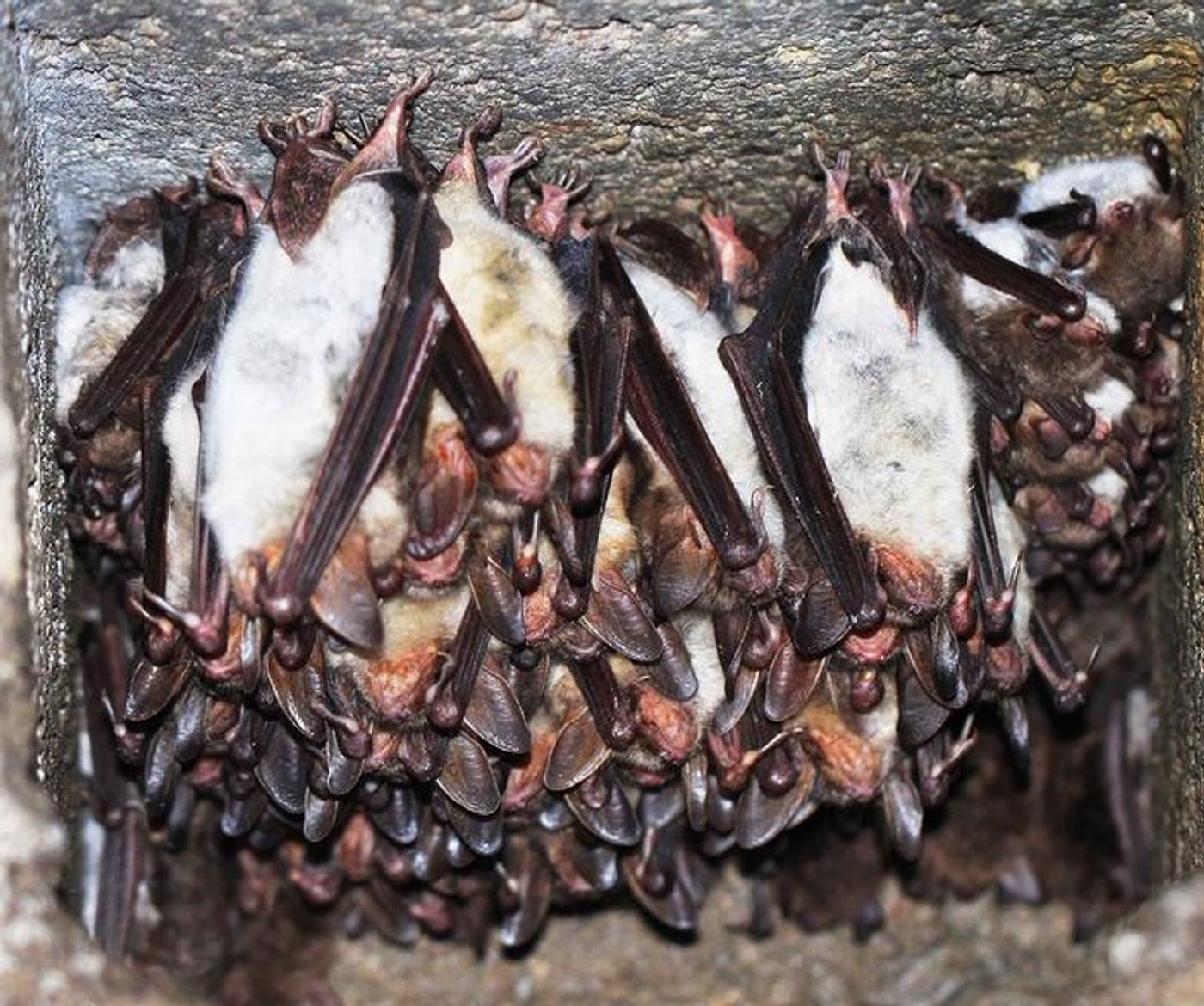Researchers Learn How Bat Behavior Enables Them to Safely Host Viruses
Some of the deadliest viral diseases that infect people are carried by bats, like Nipah virus (which has mortality rate of 40 to 70 percent in infected people), Ebola virus, and Marburg virus (which both have an average fatality rate of 50 percent). New research has examined one type of bat to learn more about why they are protected from viral disease. This research has shown that a peculiar bat mating behavior referred to as swarming promotes the exchange of immune genes, and the spread of immunity to a variety of diseases. The findings have been reported in Cell Genomics.
“Understanding how bats have evolved viral tolerance may help us learn how humans can better fight emerging diseases,” said Dr. Nicole Foley of the Texas A&M University School of Veterinary Medicine and Biomedical Sciences (VMBS). She added that this research can lay a foundation for other scientists who study viral spread directly, and who may be working to prevent the next pandemic. "We all depend on each other,” added Foley.
The COVID-19 pandemic has shined a spotlight on outbreak prediction and prevention, noted Foley. Learning more about why bats are immune to the diseases they host could help us prevent human infections and future pandemics.
In this work, the investigators studied the evolution of myotis bats looking for genes that could allow them to tolerate viruses. There are more than 140 species of myotis bats, which live in many places around the world, hosting a variety of viruses. But these species also look a lot alike and it can be difficult to differentiate between them, Foley noted. The mating behavior of the bats, called swarming, also produces many genetic hybrids, in which various bats have parents that are different myotis species. Foley likened swarming to a "bat nightclub."
The research team and their international collaborators sequenced the genomes of 60 species of myotis bats. "That allowed us to figure out which parts of the DNA represented the species’ true evolutionary history and which parts arose from hybridization,” Foley explained.
Finally, the researchers could see how the bats' genetic traits were linked to their immunity. This revealed that the bats' immune genes were among the most commonly exchanged during swarming.
“Swarming behavior has always been a bit of a mystery for researchers," said Foley. But this study has provided a potential explanation for this behavior, and showed why it's so beneficial.
“Hybridization played a much bigger role in our findings than we anticipated," added Foley. “Now, we’re hoping to identify other instances where hybridization has occurred among mammals and see what we can learn about how they are related and even how and why genomes are organized the way that they are.”
Sources: Texas A&M University, Cell Genomics










